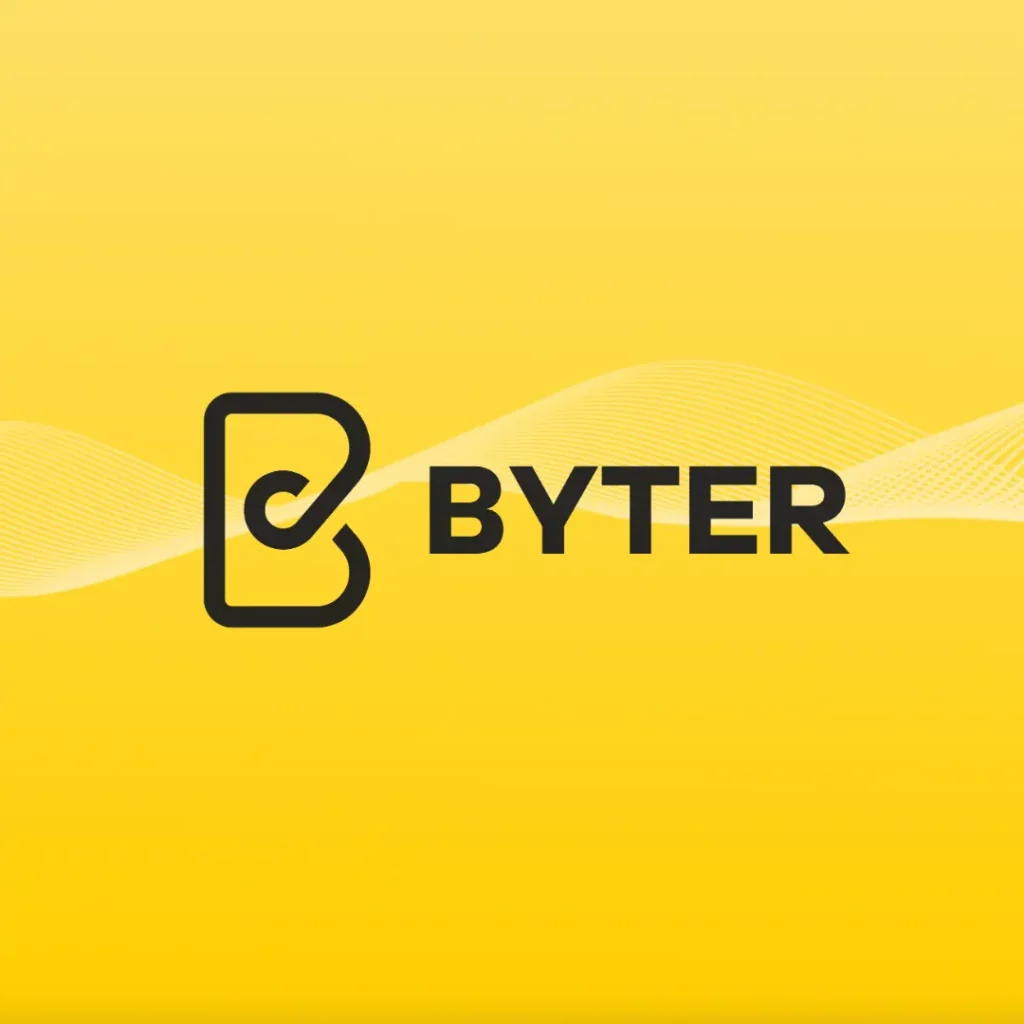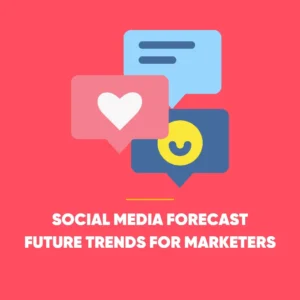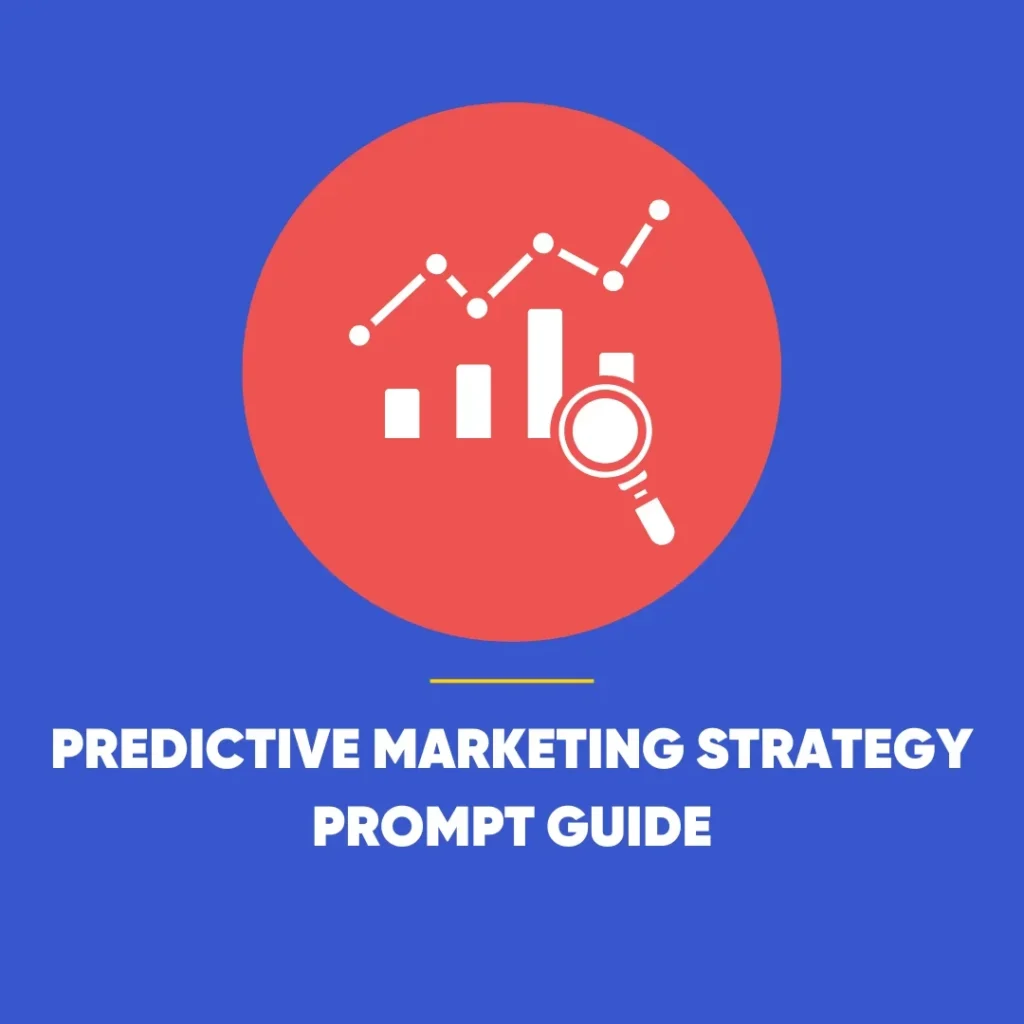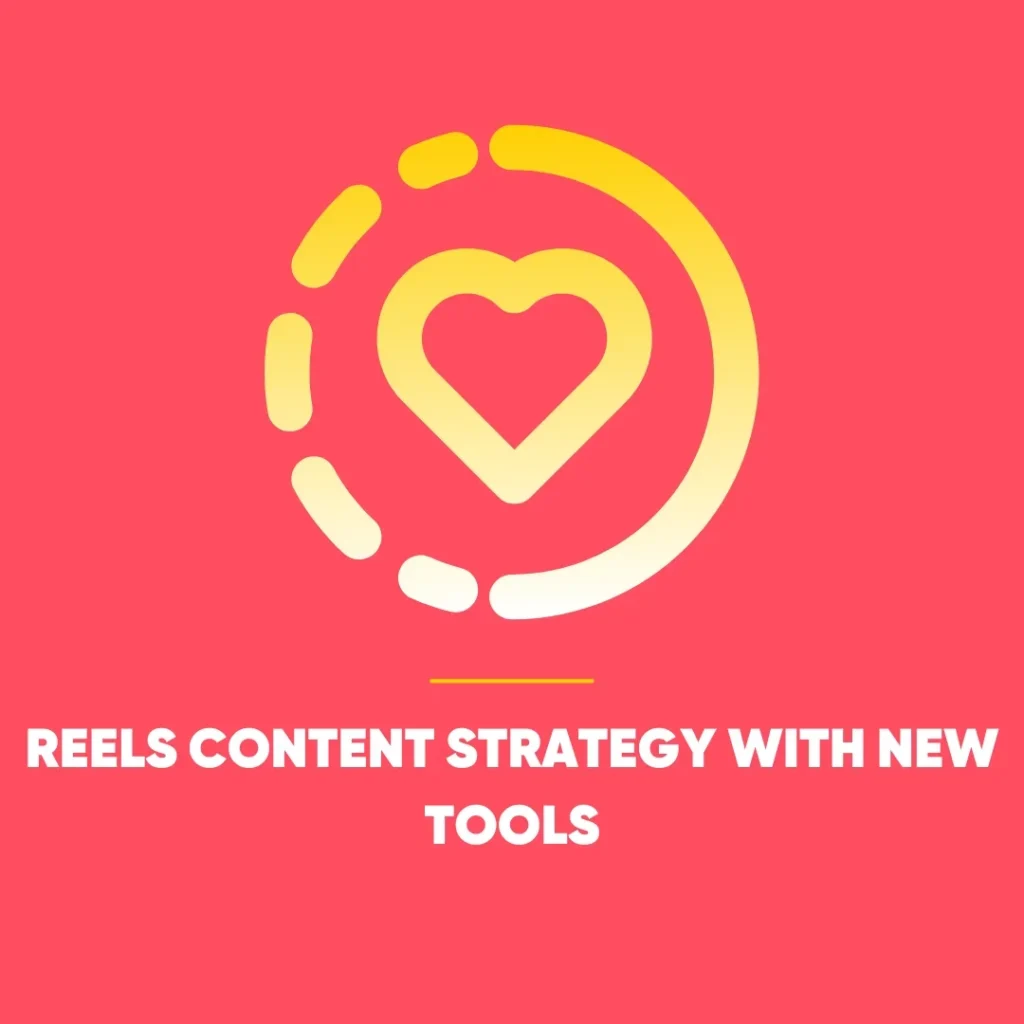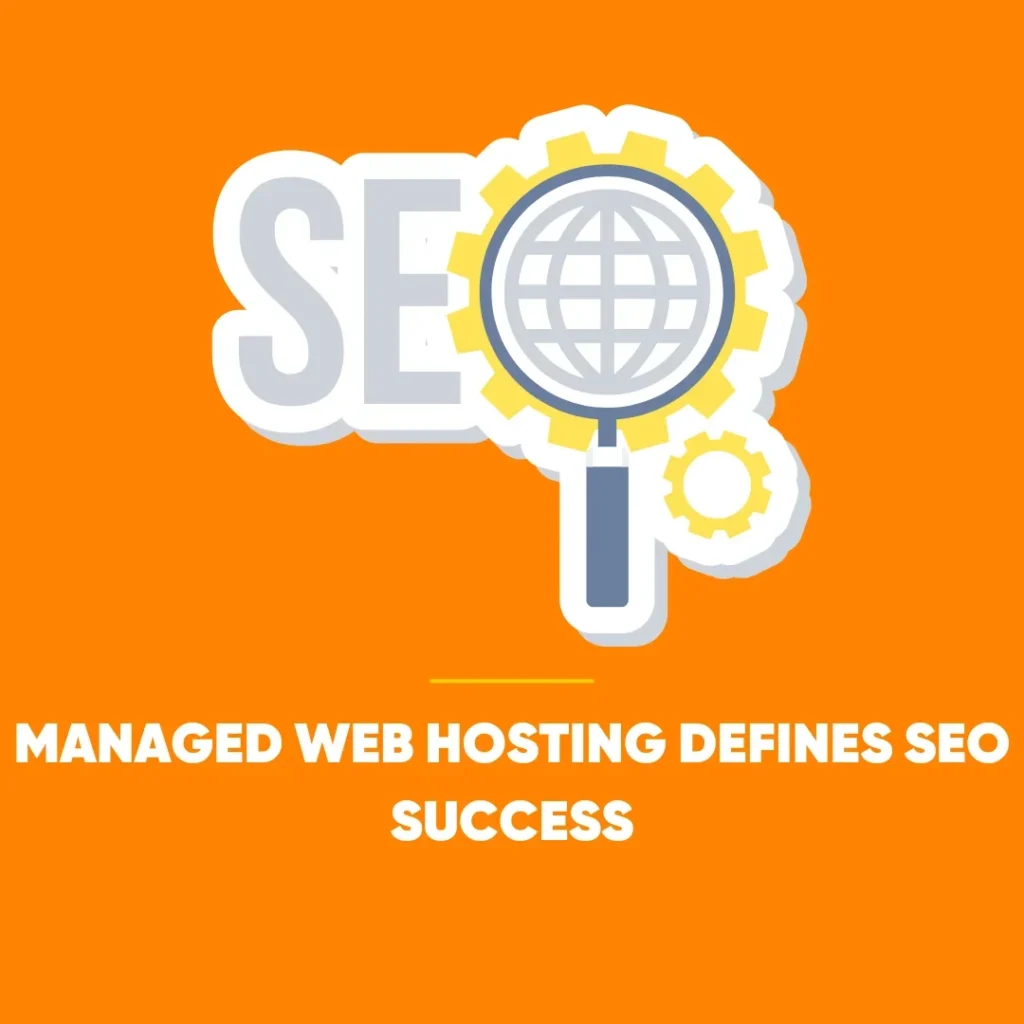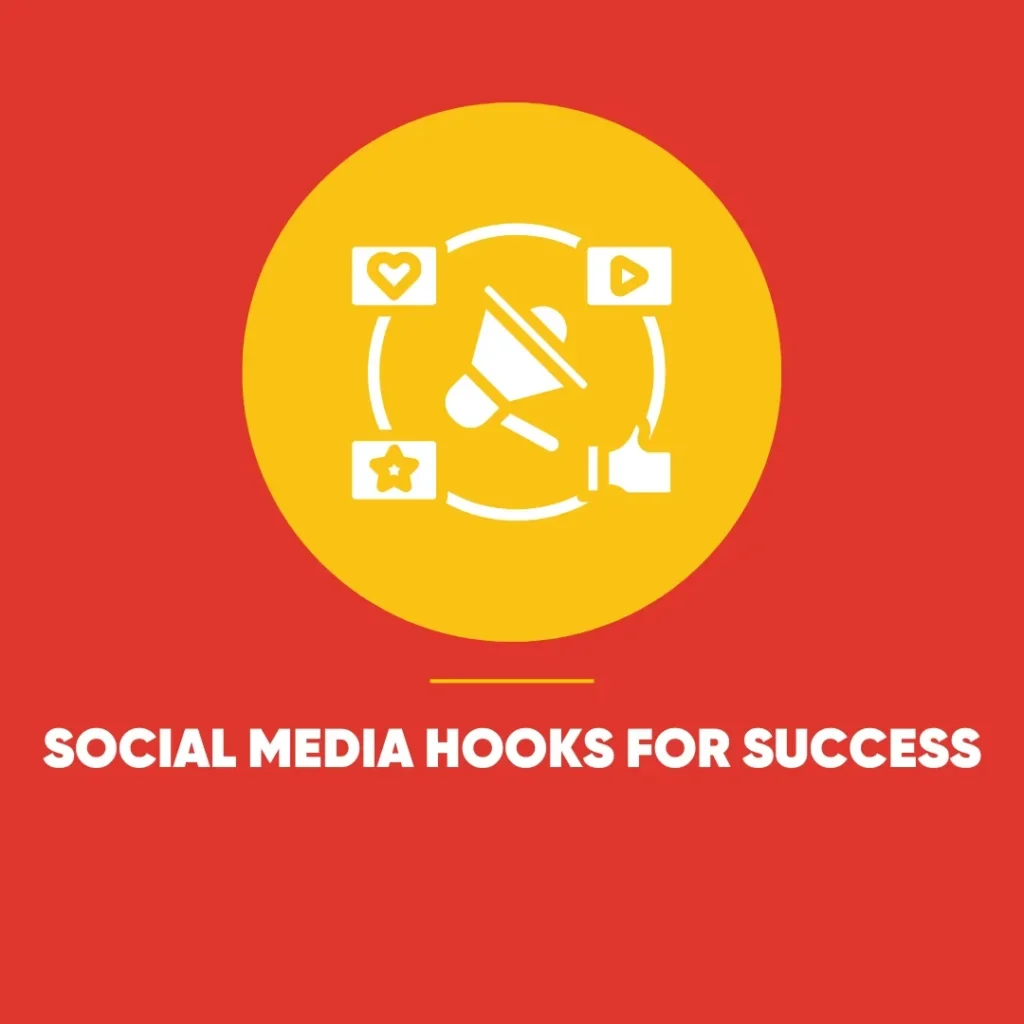Bespoke Web Design: Beyond Timeless Illusions
While ‘timeless‘ design is a tempting ideal, only bespoke web design truly connects with today’s evolving audiences. It suggests a certain digital nobility: crafting a website so classic, so perfectly proportioned, that it transcends the fleeting whims of trends. It promises to be the digital equivalent of a classic trench coat or a perfectly tailored suit, immune to the changing seasons.
This concept, however, is built on a flawed premise. The digital world is not a static museum. It is a temporal, fast moving ecosystem defined by constant, relentless change. In this environment, the pursuit of “evergreen” is not just ambitious; it’s often an act of creative surrender. Chasing a myth of permanence has led to a web that is increasingly safe, sterile, and startlingly uniform.
The Cult of Invisibility
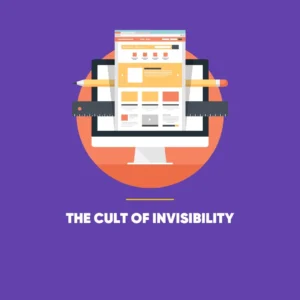 What does this so-called “timeless” design actually look like? Invariably, it translates to a familiar uniform: inoffensive sans serif fonts, achingly neutral colour palettes, rigid grids, and just enough generous whitespace to signal “premium.” This type of design takes no risks. Strong opinions are completely absent. The approach is, by its very definition, safe.
What does this so-called “timeless” design actually look like? Invariably, it translates to a familiar uniform: inoffensive sans serif fonts, achingly neutral colour palettes, rigid grids, and just enough generous whitespace to signal “premium.” This type of design takes no risks. Strong opinions are completely absent. The approach is, by its very definition, safe.
The problem is that in the pursuit of avoiding offence, it also avoids connection. This approach prioritises longevity over personality, resulting in work that is technically competent but utterly forgettable. Designers have mistaken “clean” for “empty.” Instead of creating an experience, they are crafting a polite, beige void, so terrified of being “of its time” that it ends up being about nothing at all.
Bespoke Web Design in a World That Won’t Stand Still
Even if a perfectly “timeless” aesthetic were achievable, the platform it’s built on guarantees its obsolescence. The web’s foundational nature is impermanence.
- Technology Evolves: Browser capabilities leapfrog each other annually. Consequently, what was a slick animation last year now feels clunky.
- Devices Change: The “standard” viewport has splintered. Now, old designs look quaint on foldables or feel disconnected in AR.
- Standards Improve: Accessibility standards rightly become more stringent. As such, old design patterns can become non-compliant or inferior.
- User Expectations Shift: AI and hyper-personalised content become the norm. Therefore, a static “timeless” site feels less classic and more like a relic.
Trying to build a permanent structure in this environment is like trying to sculpt with mist. The “timeless” design of just three years ago already looks dated, not because its aesthetics failed, but because the context around it has completely changed.
The Great Digital Flattening
The “evergreen” quest creates a sea of sameness, making bespoke web design essential for standing out.
Once a “timeless” look is established, it stops being a choice. Instead, it simply becomes a formula. This formula, in turn, is replicated endlessly by templates, frameworks, and AI-driven site builders.
The result is a web where hundreds of start ups share the same homepage, where blogs adopt identical layouts, and where e-commerce sites feel like re-skins of one another. This homogenisation is the direct result of “evergreen” thinking. It is the path of least resistance, a design algorithm that strips away originality in favour of predictable, palatable mediocrity.
Who Benefits from ‘Forever’? The Case for Bespoke Web Design?
If “evergreen” design is so creatively stifling and technologically flawed, why is it so pervasive? The answer lies in commerce, not creativity. “Evergreen” is a commercial comfort blanket.
Clients, understandably, want a return on their investment. Consequently, agencies often sell them the idea of a ‘timeless’ site. They frame this as a one-and-done purchase clients can “tick off the list”.
While “timeless” is an easy sell, bespoke web design builds true brand identity. Moreover, it is predictable and avoids difficult client conversations. But this approach serves the short-term budget, not the long-term user experience. A user will not be impressed by a detached, “timeless” grid. Instead, they will feel disconnected and simply go elsewhere.
An Alternative: Designing for the ‘Now’
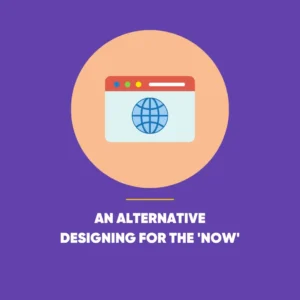 The antidote to this creative stagnation is not to mindlessly chase every new, gaudy trend. Instead, designers should stop designing for an imaginary “forever”. This means they must design with intention and relevance for the “now”.
The antidote to this creative stagnation is not to mindlessly chase every new, gaudy trend. Instead, designers should stop designing for an imaginary “forever”. This means they must design with intention and relevance for the “now”.
Embracing the Zeitgeist
Design is a form of cultural expression. It should be in conversation with the present moment. Think of other creative fields. We admire Art Deco buildings not because they look like they could have been built today, but precisely because they couldn’t. They are a bold, beautiful, and unmistakable product of their time. They capture the spirit of their age.
Web design should have the same confidence. It should reflect the technology, aesthetics, and cultural mood of the moment it was created.
Prioritising Emotion over Endurance
What truly lasts in a user’s mind is not a neutral colour palette. It is an emotion. A design that is bold, opinionated, joyful, or even charmingly flawed creates a memory. It makes a user feel something. A sterile, “timeless” grid, by contrast, creates only indifference. Indifference is the true death of design.
The Courage to Be Temporary: The Bespoke Web Design Ethos
The obsession with “evergreen” is often a crutch – an excuse to avoid experimentation and hide behind a veil of professional neutrality. But the web is not a museum exhibit, to be preserved and kept free of dust. It is a living, chaotic, and full of personality canvas.
Designers must stop acting like archivists trying to create a definitive, final product. Their role is to be active participants in a changing medium.
Great design is not afraid of one day becoming dated. Instead, it is afraid of being invisible from the start. The goal is not to be “correct” forever. Rather, the aim is to be meaningful, effective, and alive right now.

